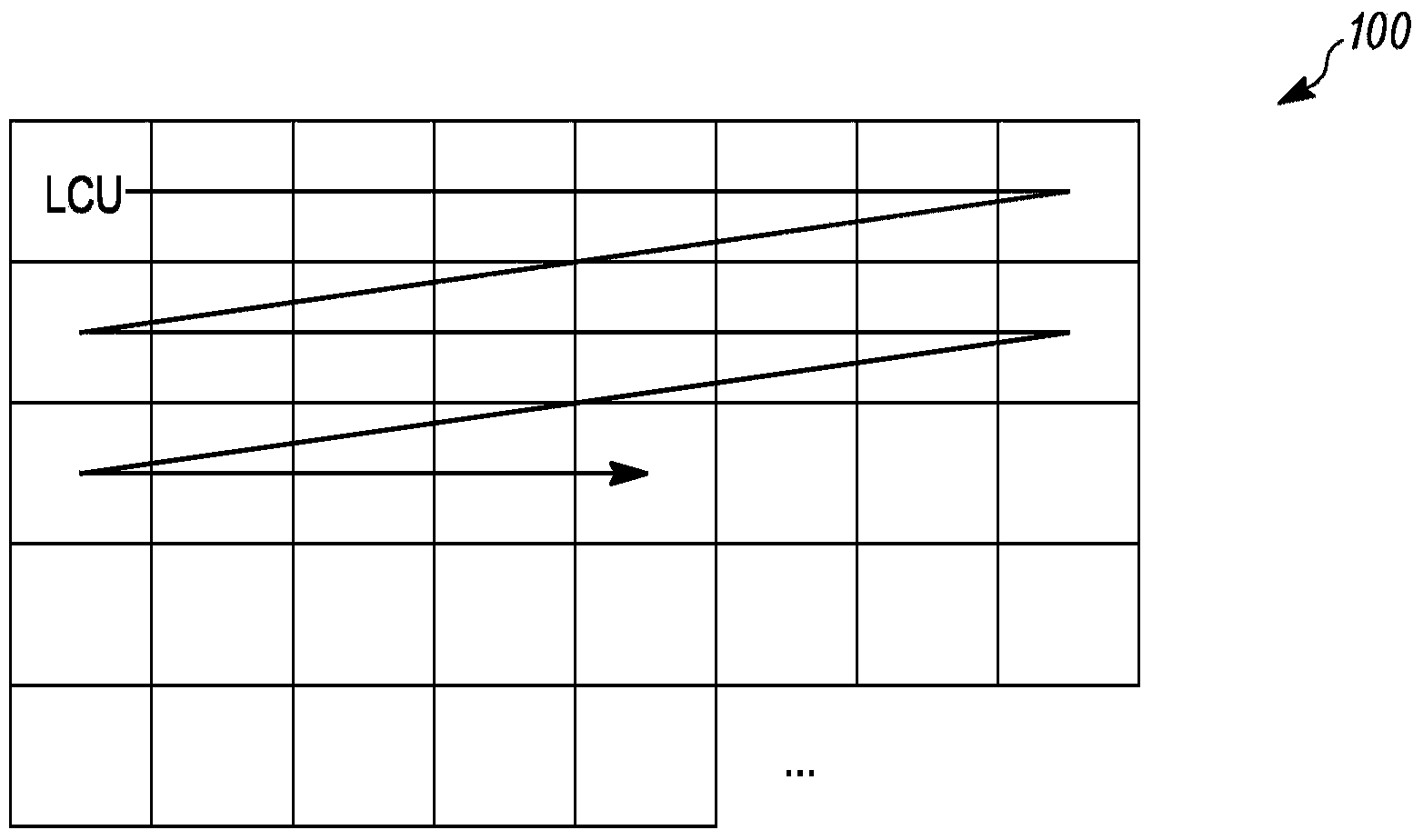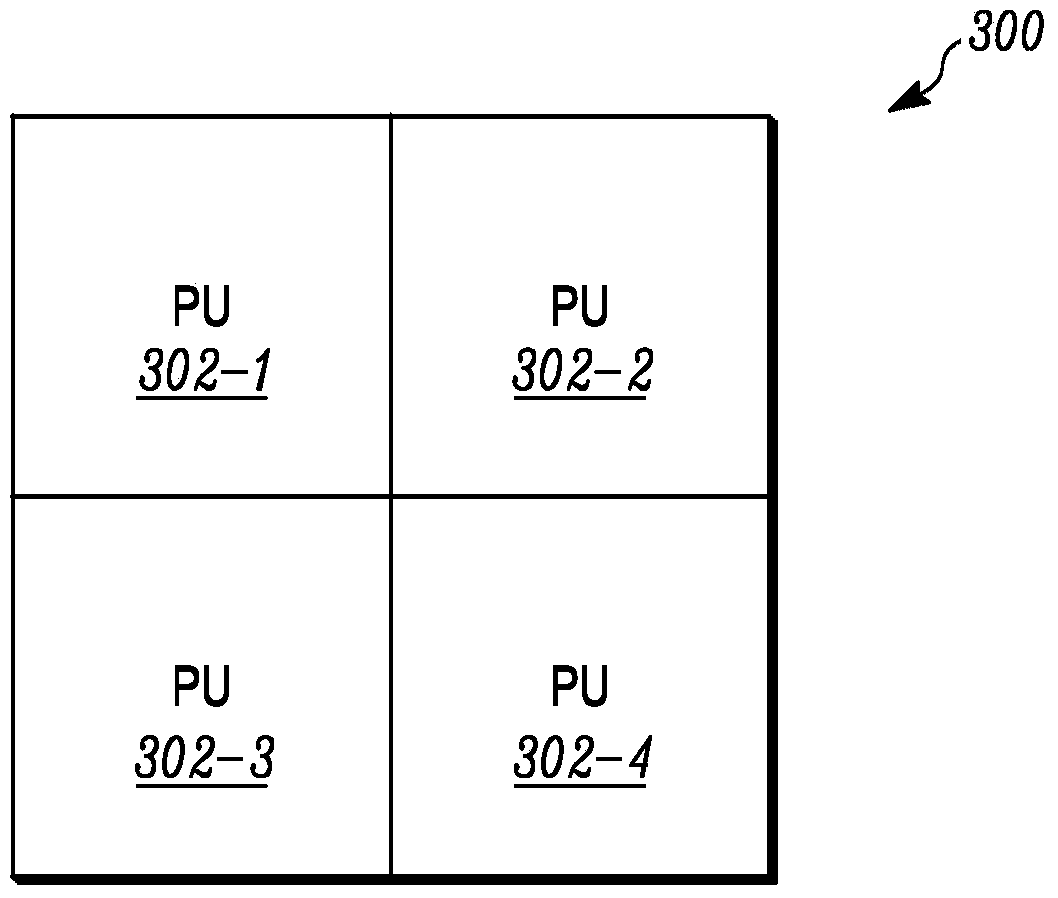Context modeling techniques for transform coefficient level coding
A transform coefficient and context technology, which is applied in the context modeling technology field for transform coefficient level coding, can solve the problems of complex context model selection and so on.
- Summary
- Abstract
- Description
- Claims
- Application Information
AI Technical Summary
Problems solved by technology
Method used
Image
Examples
Embodiment Construction
[0029] Described herein are context modeling techniques that can be used for transform coefficient level coding within context adaptive entropy coding schemes such as CABAC. In the following description, for purposes of explanation, numerous examples and specific details are set forth in order to provide a thorough understanding of certain embodiments. Particular embodiments, as defined by the claims, may include some or all of the features in these examples, alone or in combination with other features described below, and may further include features and concepts described herein. Modifications and Equivalents.
[0030] Encoder and Decoder Embodiment
[0031] Figure 5 An example encoder 500 is depicted for encoding video content. In one embodiment, encoder 500 is capable of implementing the HEVC standard. The general operation of encoder 500 is described below; however, it should be appreciated that this description is provided for illustrative purposes only and is not...
PUM
 Login to View More
Login to View More Abstract
Description
Claims
Application Information
 Login to View More
Login to View More - R&D
- Intellectual Property
- Life Sciences
- Materials
- Tech Scout
- Unparalleled Data Quality
- Higher Quality Content
- 60% Fewer Hallucinations
Browse by: Latest US Patents, China's latest patents, Technical Efficacy Thesaurus, Application Domain, Technology Topic, Popular Technical Reports.
© 2025 PatSnap. All rights reserved.Legal|Privacy policy|Modern Slavery Act Transparency Statement|Sitemap|About US| Contact US: help@patsnap.com



